If you eat the filling and leave the thick edge of your pie crust on the plate, you’re making your pie crust wrong. Your pie crust should be crisp, browned, and flaky. Just a little bit sweet so it goes with the fruity filling, rich and buttery. Pie crust isn’t better than the filling, but it isn’t worse either, and every bit of it, including the thick crimped edges, is necessary to balance all the filling.
I’ve tried some of those creative additions (sour cream, vodka), but mostly, I’ve stuck with a traditional crust recipe – butter is cut into flour, salt, and a smidge of sugar, then water is added until it just comes together. But I had a bad habit of adding too much water, so it wasn’t foolproof for me. No one complained; it was still tastier and flakier than a store-bought crust, but it tended to slump when baked.
I don’t consider myself an amateur pie crust maker at this point, but apparently I still needed something foolproof. This recipe solves my problem. The butter is processed into a portion of the flour, not until it’s broken up into pea-sized bits, but until it’s a crumbly, homogeneous mixture. Then the rest of the flour and some water is mixed in.
After resting, the dough rolls out smoothly and trouble-free, without ripping or cracking. You can freeze it either before or after rolling. Then it bakes up golden, puffy, light, crisp. It’s everything you want from a pie crust, just easier to make. It definitely holds its own against any filling.
Easy Pie Dough (not really adapted from The Food Lab)
My butter cubes came straight from the freezer, which might be why it took a lot more than 25 pulses for the dough to form clumps.
2½ cups (12.5 ounces) all-purpose flour
2 tablespoons sugar
1 teaspoon kosher salt
20 tablespoons butter (2½ sticks) cold unsalted butter, cut into ½-inch cubes
6 tablespoons cold water
1. Combine two thirds of flour with sugar and salt in the bowl of a food processor. Pulse to blend. Spread the butter evenly over flour mix; pulse until no dry flour remains and the dough just begins to collect in clumps, about 25 short pulses. Use a rubber spatula to spread the dough evenly around the bowl of the food processor. Sprinkle with the remaining flour and pulse until dough is just barely broken up, about 5 short pulses. Transfer the dough to a large bowl.
2. Sprinkle with the water, then, using a rubber spatula, fold and press the dough until it comes together into a ball. Divide in half and form each half into a 4-inch disk. Wrap tightly in plastic wrap and refrigerate for at least 2 hours before rolling and baking.
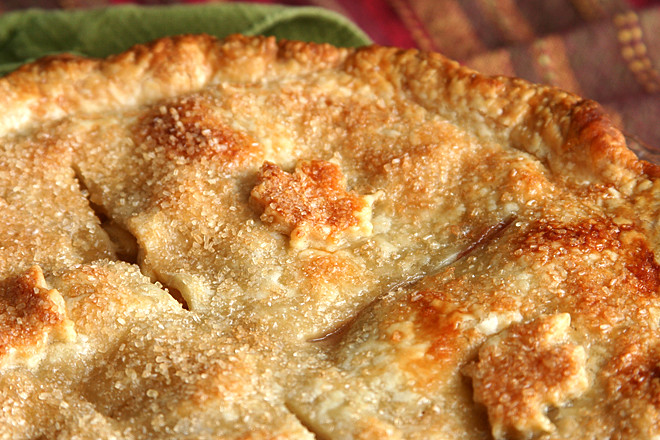
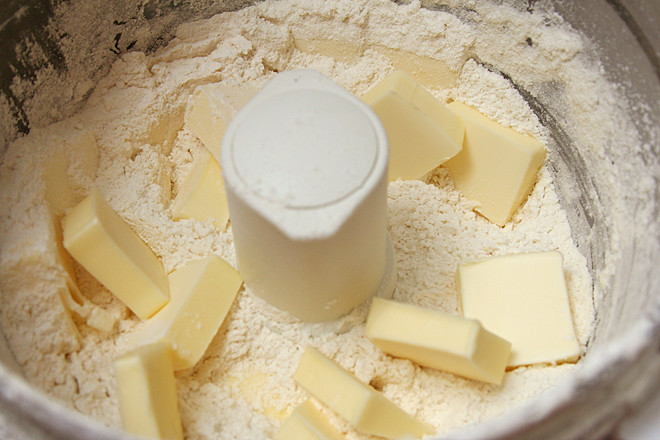
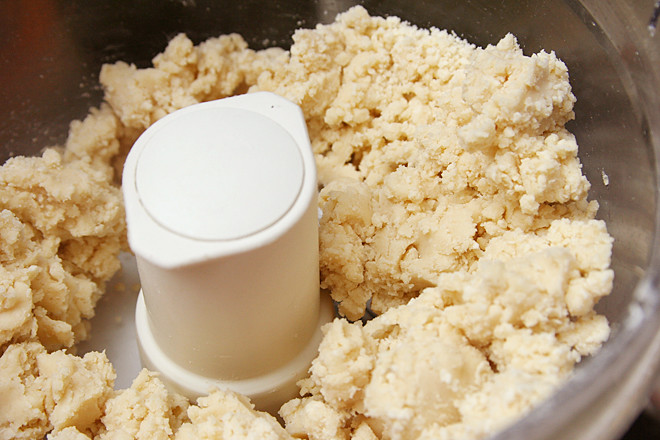
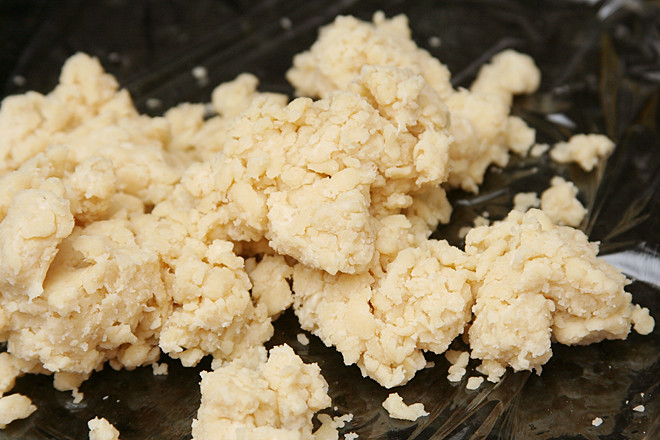
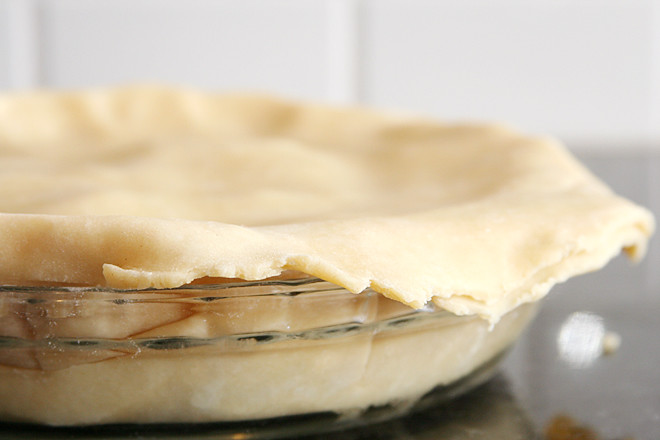






Thank you for sharing this! My pies were so much better this year thanks to this crust!